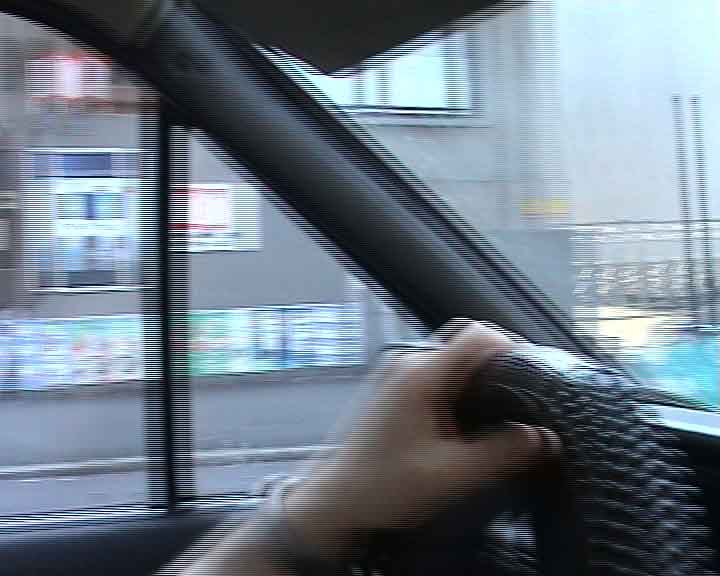I've just bought a Panasonic TM300 NTSC camcorder and took footage in highest quality and resolution modes (1920x1080)
I'm checking out a trial version of Adobe Premiere Elements 8 to see if I want to buy it.
When I edit some video and export to any HD type format (1920x1080) I get feint dark horizontal lines. It's most noticable during motion of an object and on light colours.
How can I get rid of this? I've tried exporting to MPEG2 and other formats, both as PAL and NTSC with same results.
(I actually live in a PAL region)
Thanks
+ Reply to Thread
Results 1 to 6 of 6
-
-
That sounds like interlace artifacts. You would see them on a computer, but not usually on a TV that handles interlaced video properly. Does it look a bit like this?:

And welcome to our forums.
-
Yes it looks a bit like this, not as pronounced, but visible on object edges or lighter backgrounds. Is there any way to export it in a format (using PE 8) that will view correctly on PC as well?
-
That shot is a pretty extreme example of interlace lines.
 It's not usually that pronounced, but shows up on diagonal edges, especially with pans. If you plan to watch it on a regular (Interlaced) TV, you won't see those. As guns1inger mentioned, if you play it back on a PC, you need a player that can display interlaced video correctly. Interlace isn't a flaw, it's the way most MPEG is encoded. PCs use a progressive display, so you need a deinterlacer to view it properly there. Software players like VLC and others have optional deinterlacing you can try to see if that fixes PC playback.
It's not usually that pronounced, but shows up on diagonal edges, especially with pans. If you plan to watch it on a regular (Interlaced) TV, you won't see those. As guns1inger mentioned, if you play it back on a PC, you need a player that can display interlaced video correctly. Interlace isn't a flaw, it's the way most MPEG is encoded. PCs use a progressive display, so you need a deinterlacer to view it properly there. Software players like VLC and others have optional deinterlacing you can try to see if that fixes PC playback.
From our Glossary:
Interlace, Interlaced, Interlacing, non-progressive
Each frame of a video picture is scanned twice. Firstly, all the odd lines are broadcast, then all the even lines are broadcast. Each set of odd/even lines is known as a field. Two fields therefore make up a frame. The point of doing this is to reduce flicker, and not increase bandwidth.Progressive scan, Progressive, Noninterlaced, Non-Interlaced
Progressive or non-interlaced scanning is any method for displaying, storing or transmitting moving images in which the lines of each frame are drawn in sequence. This is in contrast to the interlacing used in traditional television systems.
http://en.wikipedia.org/wiki/Progressive_scan -
Each frame of 1080i video contains two half pictures. One in all the even numbered scanlines, one in all the odd numbered scanlines. These half pictures are supposed to be viewed individually, not at the same time. For viewing you can use a player that deinterlaces on the fly. For editing just ignore the comb artifacts and encode interlaced. If you do this properly the player or TV will take care of deinterlacing.
Similar Threads
-
Horizontal Black/White Blocks/Lines on Top of Video
By xxbobbyfinxx in forum Capturing and VCRReplies: 8Last Post: 5th Oct 2010, 18:37 -
Black horizontal lines when capturing
By cyanure in forum Capturing and VCRReplies: 3Last Post: 14th Aug 2010, 09:09 -
Betamax - horizontal black lines near white (example within) & other Qs
By PLC401 in forum RestorationReplies: 37Last Post: 25th Feb 2008, 17:09 -
Horizontal Lines making video unbearable
By Fatalize in forum Capturing and VCRReplies: 5Last Post: 20th Sep 2007, 13:27 -
Horizontal lines on video playback with vista
By richard.fisher in forum Software PlayingReplies: 7Last Post: 4th Jun 2007, 09:48




 Quote
Quote